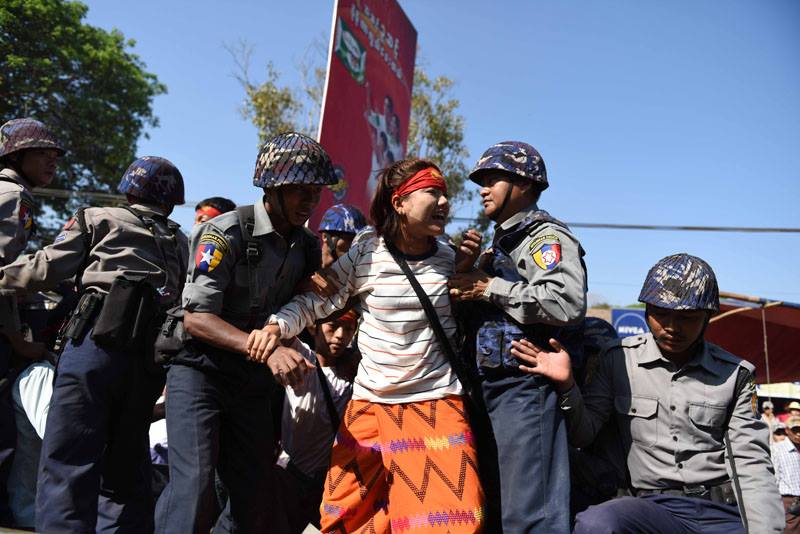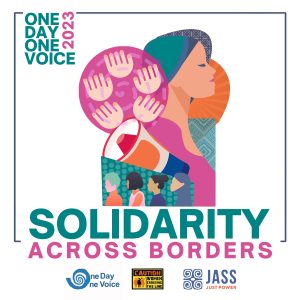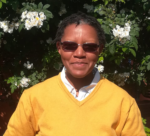“I stand firm with the students and the people who ask for democratic processes to prevail in the education sector. The attack on the unarmed demonstrators was a cowardly act on the part of the police. I strongly believe in dialogue; and in fact, the student organizations have been calling for a dialogue since last year,” says Yangon Youth Network’s Thinzar Shunlei Yi in response to the violent police crackdown on 200 students who were peacefully protesting against the new National Education Law on March 10th. An estimated 127, including students and parents were arrested, and 24 injured—a clear sign of how little has changed since the famous 1988 student uprising against the military dictatorship. Responding to the use of excessive force by the police, JASS Southeast Asia joined the Women’s League of Burma (WLB) and 130 student unions and civil society organizations to issue a joint statement condemning the violence and attempt to limit students’ freedom.
Why Students Oppose the National Education Law
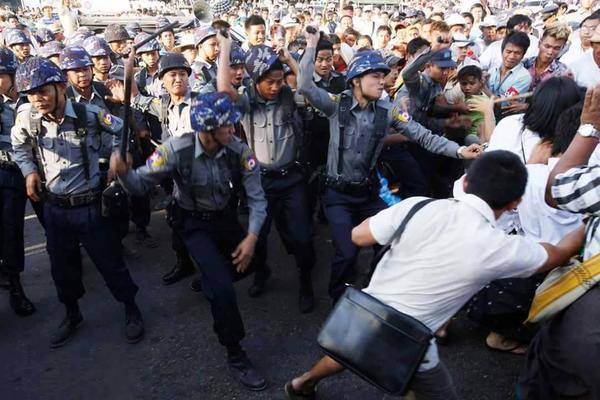 The students began a protest march from Mandalay to Yangon in January this year, in opposition to an education bill passed by Parliament in September 2014. Students argue that the law is restrictive and undemocratic because it was enacted without public input and limits university autonomy and the freedom to form student unions. They released an 11-point demand calling for the right to form student unions, more power to be handed to universities and higher education institutions, the inclusion of classes taught in ethnic minority languages especially in ethnic areas, and for the government to devote at least 20% of the national budget for education—to name a few.
The students began a protest march from Mandalay to Yangon in January this year, in opposition to an education bill passed by Parliament in September 2014. Students argue that the law is restrictive and undemocratic because it was enacted without public input and limits university autonomy and the freedom to form student unions. They released an 11-point demand calling for the right to form student unions, more power to be handed to universities and higher education institutions, the inclusion of classes taught in ethnic minority languages especially in ethnic areas, and for the government to devote at least 20% of the national budget for education—to name a few.
Demonstrations against this law began in November, 2014. Students held a four-day demonstration in different locations in Yangon and other places in Myanmar. The students demanded a four-party meeting between Action Committee for Democratic Education (ACDE), National Network for Education Reform (NNER), Myanmar government and the Parliament. They vowed to hold a nationwide demonstration within 60 days demonstration if there is no response from the government.
After 60 days passed with no official response from the government around 200 people set out from Mandalay to Yangon four days later. But they were unable to reach Yangon as they were stopped by about 1,000 policemen on March 10 in Letpadan, about 140km north of Yangon.
Women’s Rights Activists Mobilize Support for the Protesting Students
JASS Southeast Asia, along with women’s groups from the women network, Women’s League of Burma were part of the 130 student unions and civil society organizations in and outside of Myanmar that came together to mobilize a united effort to criticize and call for a stop to the crackdown on student protests by issuing a joint statement aimed at garnering international support.
Political observers argue that the violent crackdown against student protesters does not only hinder the government’s efforts to transition to full democracy but reveals the government’s continuing reliance on repressive measures.
Growing Strength of Myanmar’s Student Movement
Historically, students have long been at the forefront of political action in the former military-run nation’s turbulent history, leading mass protests in 1988 that saw the rise of the short-lived opposition party which was later suppressed by the military.
Authorities underestimated the strength of the student movement. They probably did not think that the protest turnout would become this big. The obvious downside is the crackdown on student activists and protesters. But because of this, many people have become aware about the National Education Law—especially its impact on the students,” says Thinzar Shunlei Yi.
According to Burma Partnership, one of the most inspiring aspects of the political developments in 2014 has been the reinstatement of the role of student unions in the country’s political affairs. Students were always at the center of major democracy movements in the country throughout history—most notably in 1988—and have now made a comeback.
JASS’ Continuing Movement-Building Initiatives in Myanmar
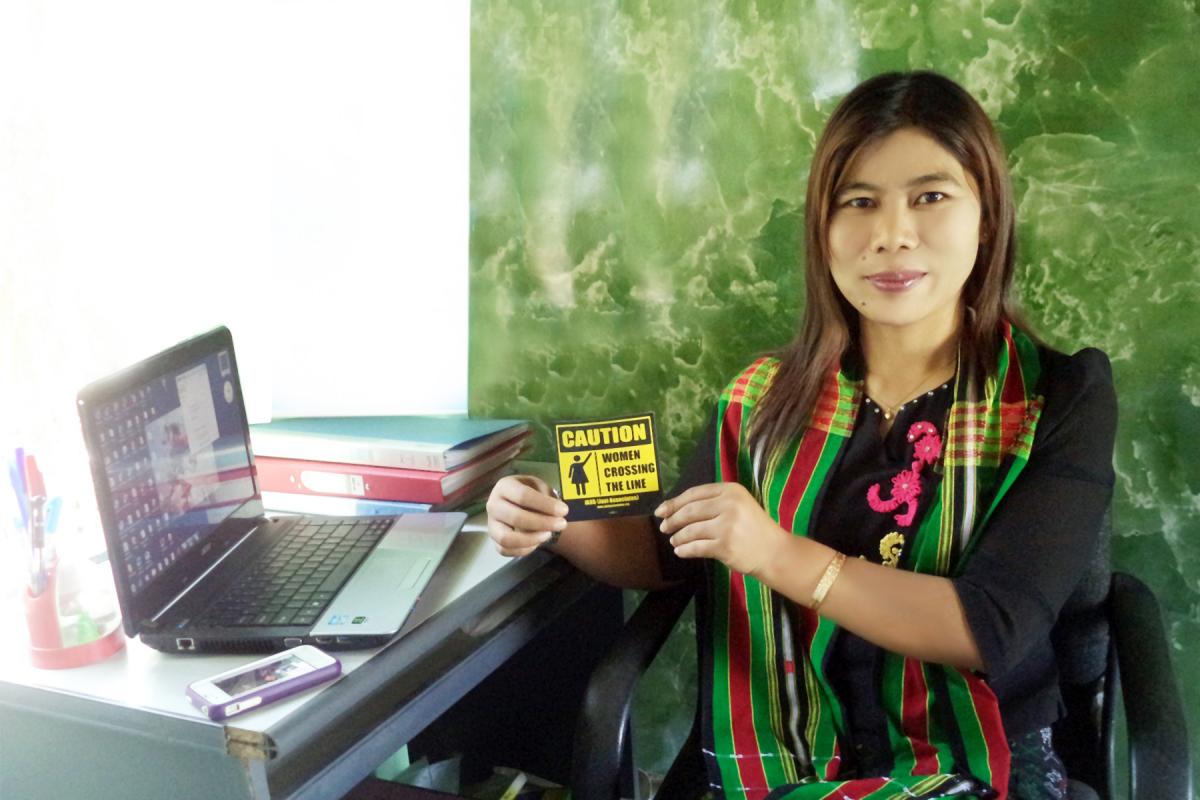 Since 2009, JASS has worked in partnership with women’s groups and human rights groups in Myanmar, conducting training workshops and organizing its regional campaign One Day, One Voice (ODOV) in commemoration of 16 Days of Activism against Gender-Based Violence in several provinces in the country since 2012.
Since 2009, JASS has worked in partnership with women’s groups and human rights groups in Myanmar, conducting training workshops and organizing its regional campaign One Day, One Voice (ODOV) in commemoration of 16 Days of Activism against Gender-Based Violence in several provinces in the country since 2012.
Newer and younger activists are emerging in Myanmar and across Southeast Asia, bringing new energy and strategies to the human rights and social justice agenda. While this is cause for celebration, cracking down on civil society’s right to speak freely and organize has become increasingly common around the world. But when women activists are linking with male allies to demand economic and political change such as the Myanmar student protest, the hopeful signs of change are clear.
Photo Credits – Picture 1: Sui Zaw, The Irrawaddy; Picture 2: Burma Partnership; Picture 3: Sui Sui, Myanmar Activist

